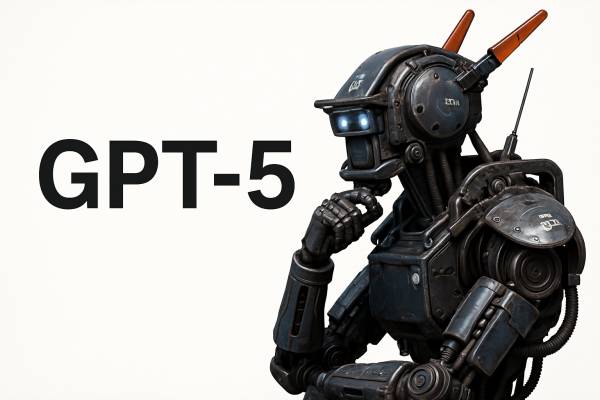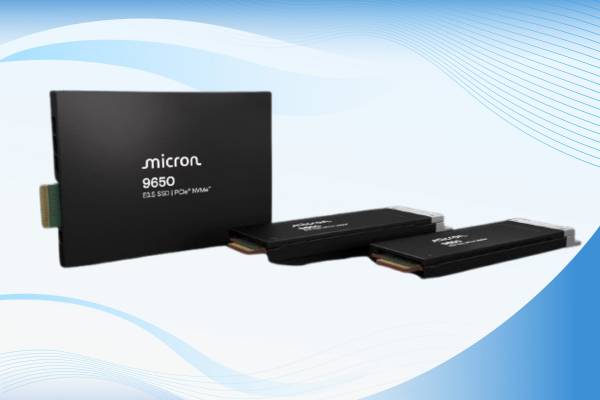OpenAI has launched its O3-Pro model, which replaces O1-Pro and promises significant performance advances in science, education, programming, data analysis and scripting.
In expert evaluations, reviewers consistently prefer OpenAI o3-pro over o3, highlighting its improved performance in key domains—including science, education, programming, data analysis, and writing.
— OpenAI (@OpenAI) June 10, 2025
Reviewers also rated o3-pro consistently higher for clarity, comprehensiveness,… pic.twitter.com/VjVQSmcwyq
The O3-Pro model is designed to provide ChatGPT with more reliable answers with longer think time. Performance tests show that O3-Pro excels in math, science and coding, outperforming both O3 and O1-Pro models. Although O3-Pro response times may be slightly longer than O1-Pro, OpenAI believes that the extra latency is justified, especially for complex and challenging tasks.
OpenAI stresses that O3-Pro makes ChatGPT a more versatile tool. It will be able to search web pages, analyse documents, interpret visual content, use Python, and provide personalised responses through the in-memory feature. It should be noted that for technical reasons, O3-Pro does not currently support Canvas and image generation. For this, users will need to use other models such as the GPT-4o, O3 or O4-Mini. Pricing for the O3-Pro API is $20 per million input tokens and $80 per million output tokens.
The O3-Pro model will be available to ChatGPT Pro/Team subscribers from 11 June and will also be available to developers via the API. Enterprise and Edu subscribers will get access next week.
In addition, OpenAI has updated ChatGPT's enhanced voice mode, which allows for more natural and smoother conversations for subscribers. ChatGPT's voice feature now also offers intuitive and efficient language translation: simply instruct ChatGPT to translate and it will translate continuously throughout the conversation until you ask it to stop or change language.





























